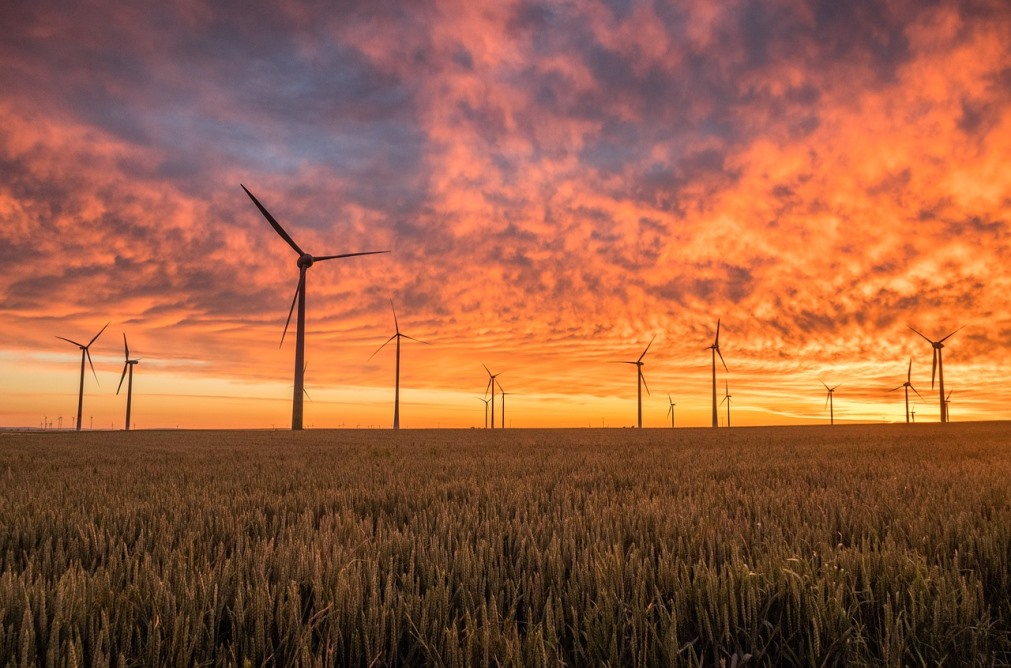
A key part of the gender imbalance in energy is the greater difficulty woman face in accessing key information about employment in the industry, according to the International Energy Agency (IEA).
From hydropower and mining to extractives and renewables, men dominate employment numbers while increasing the number of women across each and every sector has remained a perennial and as yet largely unsolved concern.
Addressing the issue in an article for the organisation, IEA analyst Bipasha Baruah said: “One of the enduring legacies of women’s traditional exclusion from the energy sector is the continued disadvantage women and girls face in comparison to their male counterparts in accessing information about employment and industry trends.
“In a volatile industry, such information and access to networks and training can make a significant difference in recruitment or advancement.
“A lack of information also means that the barriers faced by women in conventional sectors, such as oil and gas, can persist in their emerging counterparts, such as clean energy.”

A closer look at the gender imbalance across energy
A 2017 study by Ernst & Young of 1200 people in the US below the age of 20 showed 54% of the men found oil and gas appealing as an industry in which to build a career, compared with just 24% of women.
The findings indicated no significant gender imbalance in terms of the respondents’ inclination to working in the renewable energy space, and yet an Irena report found women hold just 32% of jobs in the sector, suggesting predisposition is not the problem.
“Employment in the energy sector can be volatile,” continued Ms Baruah.
“Fluctuations in world energy prices, growth of the sector in emerging economies and developing countries, the politics of climate change and energy transitions, conflicts over land and water resources with indigenous populations, new resource discoveries and technological change all have the potential to shake up the industry.
“Being aware of the implications of these changes is key to building a successful career, and men working in the fossil-fuel industry tend to be relatively well-informed about such changes.
“Based on this knowledge, some are seeking out opportunities in the clean energy sector in higher numbers, and earlier than people employed in other sectors.”
Are there any companies taking action to solve the issue?
Since BHP announced its aim to reach 50% female staff in October 2016, it has hired 2,000 women and only 500 men, increasing the amount of women at the firm as a percentage of its staff from 17.6% to 22.4%, in addition to reshuffling its executive team.
During the 2017 financial year, specifically, the Australian mining giant hired 1,000 women and in so doing increased its female representation by 2.9% in the space of 12 months, raising it to a total of 20% prior to the summer of that year.
Meanwhile, over the same period it also managed to almost halve its female turnover rate to 4.7% higher than that of the men at the company, compared with 8% the year previous.

CEO Andrew Mackenzie said: “We’re a big company that has thrived for 130 years. Our work is often remote, physical and until recently, could be inflexible.
“Our female participation rates have traditionally been low. But we’re changing.
“I have to admit our aspirational target raised a few eyebrows – real change needs passion – we’ve had leadership at all levels of our organisation push us forward.
“But not everyone moves at the same pace – we’ve also heard some reservations and scepticism during our progress.
“We need to feel uncomfortable about the targets we set ourselves to know we’ve pushed hard enough – I am proud of how our people have responded.”
Other high-profile efforts include Exxon Mobil’s She Counts programme, which will pour $5m (£3.8m) in grants to support local and global organisations dedicated to empowering women in the energy industry.
Announced this year, the programme builds on the $120m (£92m) worth of investment already put into play as part of the energy giant’s Women’s Economic Opportunity Initiative, introduced in 2005.
“Research shows that when women manage their incomes, they invest in the health, education and well-being of their families,” said Suzanne McCarron, chair of the ExxonMobil Foundation.
“Our investments are specifically geared toward providing women with support to increase their productivity and financial resources, and realise their fullest potential.”




